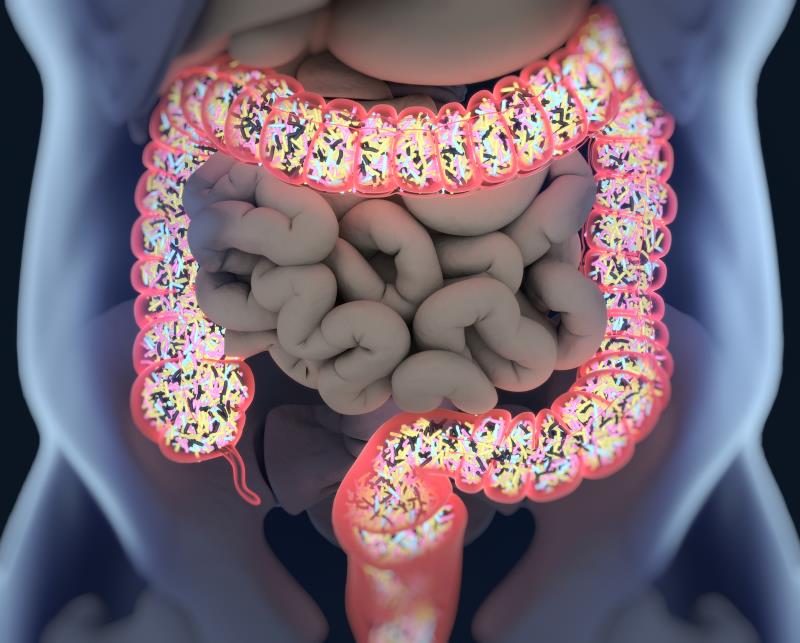
There have been a large number of coronavirus disease 2019 (COVID-19) patients outside Wuhan, the epicentre of the pandemic, who presented with gastrointestinal (GI) symptoms, and this group features greater family clustering and liver injury, severe/critical tendency, and higher rate of body temperature, as reported in a recent study.
“The suspected patients with COVID-19 with GI symptoms, such as nausea, vomiting and diarrhoea, should be seriously considered, since accumulated evidence supports SARS-CoV-2 transmission through faeces and tears, and its ability to bind to ACE2 of the GI tract has been identified,” the investigators said. [N Engl J Med 2020;382:929-936; J Med Virol 2020;doi:10.1002/jmv.25725; J Virol 2020;doi:10.1128/JVI.00127-20; bioRxiv 2020:927806]
In a population of 651 confirmed COVID-19 patients in the Zhejiang province, 74 (11.4 percent) presented with at least one GI symptom. This patient group was aged 46.14 years on average and had 4-day incubation period. [Gut 2020;doi:10.1136/gutjnl-2020-320926]
Compared with those who did not have the symptoms, COVID-19 patients with GI symptoms were more likely to have severe/critical illness types (22.97 percent vs 8.14 percent), show family clustering of infection (31.08 percent vs 20.45 percent), and have chronic liver disease (10.81 percent vs 2.95 percent).
Moreover, a significantly higher proportion of patients in the GI vs no-GI group presented with higher fever (>38.5 °C; 39.19 percent vs 17.50 percent), fatigue (31.08 percent vs 16.64 percent), shortness of breath (10.81 percent vs 3.30 percent) and headache (21.62 percent vs 8.84 percent).
Low-dose glucocorticoids and antibiotics were administered to 14.86 percent of patients in the GI group and to 41.89 percent of those in the no-GI group. Sputum production and elevated lactate dehydrogenase/glucose levels were associated with a higher likelihood of having severe/critical illness type.
Bioinformatics revealed a novel m6 A methylation loci in the S protein of SARS-CoV-2 and altered binding capacity with ACE2. This finding deserves further exploration and may shed light on the underlining mechanisms for the change in virulence and transmission capacity of COVID-19 during the spread, the investigators noted.
“To our knowledge, this is the first report that describes the situation of patients with COVID-19 GI symptoms and is the largest group of cases outside Wuhan,” they said, adding that the data underscore the significance of paying increased attention to COVID-19 patients with GI and other nonclassic symptoms to protect health providers.
“The national spread and global sporadic appearance of SARS-CoV-2 have become an enormous threat to human beings, and the threat is not restricted to China… It is theoretically plausible that one characteristic of a viral spread is an increased transmission capacity at the cost of decreased virulence, which is also true for SARS-CoV-2,” the investigators explained. [J Med Virol 2020;92:424-432]
“Therefore, caution should be exercised for suspected patients with COVID-19 who had normal body temperatures and visited various outpatient clinics for nonrespiratory symptoms,” they added.